Houston's Green Makeover
$220 million overhaul will make Memorial Park too nice? Plan approved amid strange city council concerns
The estimated $220 million Memorial Park Long-Range Master Plan to overhaul the city's largest green space has gotten an unanimous thumbs up from Houston City Council.
The approval came after almost an hour of lively discussion Wednesday as some council members aired their and their constituents' questions on equalized distribution of funds for the city's 366 public parks and parking and traffic concerns at a revamped Memorial Park, intermittent with comments that the much-loved park will become "too nice" and thus, overcrowded.
All council members commended Joe Turner, director of the Parks & Recreation Department, along with members of the Memorial Park Conservancy and Nelson Byrd Woltz Landscape Architects, which designed the vision for Houston's centralized park, for their transparency throughout the process of presenting the long-range plan through public hearings, meetings with different park user groups and personal visits with city leaders.
Turner, in answering council member's questions, assured that ongoing traffic studies would be conducted in the Crestwood and Camp Logan neighborhoods as the master plan unfolds. He noted again that the proposal bumps up the park's parking spaces from 2,226 to 2,900 spaces, a 30-percent increase.
"We also don't want to make it too nice so that it becomes too crowded."
Turner also explained some existing roadways will be realigned to create more useable park space. To accomplish that end, Memorial Drive and Memorial Loop Road will be paralled to create more park space for the proposed bike loop.
Councilman Oliver Pennington, who asked about Crestwood traffic concerns, said, "We also don't want to make it too nice so that it becomes too crowded. When we're talking about the expenditure of funds, we're talking about meeting a need." Councilman C.O. "Brad" Bradford agreed with that comment during his remarks.
The long-range master plan for Memorial Park proposes a recreation complex grouping all playing fields, a natatorium to replace the outdoor pool for year-round swimming, a Memorial Grove dedicated to the fallen soldiers of Camp Logan and designated bike and pedestrian trails to keep traffic safe — all components of reuniting the park while restoring ecosystems and making nods to history.
Two proposed grass- and tree-covered land bridges spanning about 600 feet over six lanes of Memorial Drive are designed to reconnect the park, which is now divided by roads into about 25 pieces. It's also about organizing the activities within Houston's largest green space.
Toward that end, the plan calls for consolidating all playing fields to the north portion of the park to share the irrigation and maintenance they require. The fields will still include one rugby pitch, two volleyball courts, one soccer field, one baseball diamond, five softball diamonds and two croquet courts. No existing field will be removed prior to completion of the corresponding new facility.
More assets of the long-range master plan include dedicated-use trails, a children's play area, a new timing track at the running center, a natatorium and 30 percent more parking achieved by redistribution.
Funding for the project, estimated to cost upwards of $200 million and take as long as 20 years, is coming from the three entities.
The Houston Arboretum and Nature Center, which is part of Memorial Park, has embarked on its own master plan in conjunction with the park's proposal. The planners recognize the importance of the golf course, as well, and have identified it in their analysis.
Thomas Woltz, principal with the landscape architect firm, is leading the effort to vivify the grounds that were ravaged by Hurricane Ike in 2008 and by the droughts that have plagued Texas in recent years. He has surrounded himself with a team of 70-plus local ecology, history, archaeology, plant biology and more experts to assist in the massive undertaking.
The Houston Parks and Recreation Department began in 2011 to develop a long-term forestry management plan for the park, with then-ongoing drought serving as the driving force behind the initiative. In May 2013, the Uptown Tax Increment Reinvestment Zone boundary was expanded to include Memorial Park, and in September that same year, the privately funded Memorial Park Conservancy selected Nelson Byrd Woltz to oversee the major undertaking to restore this 1,500-acre escape that attracts four million visitors each year.
Funding for the project, estimated to cost upwards of $200 million and take as long as 20 years, is coming from the three entities.
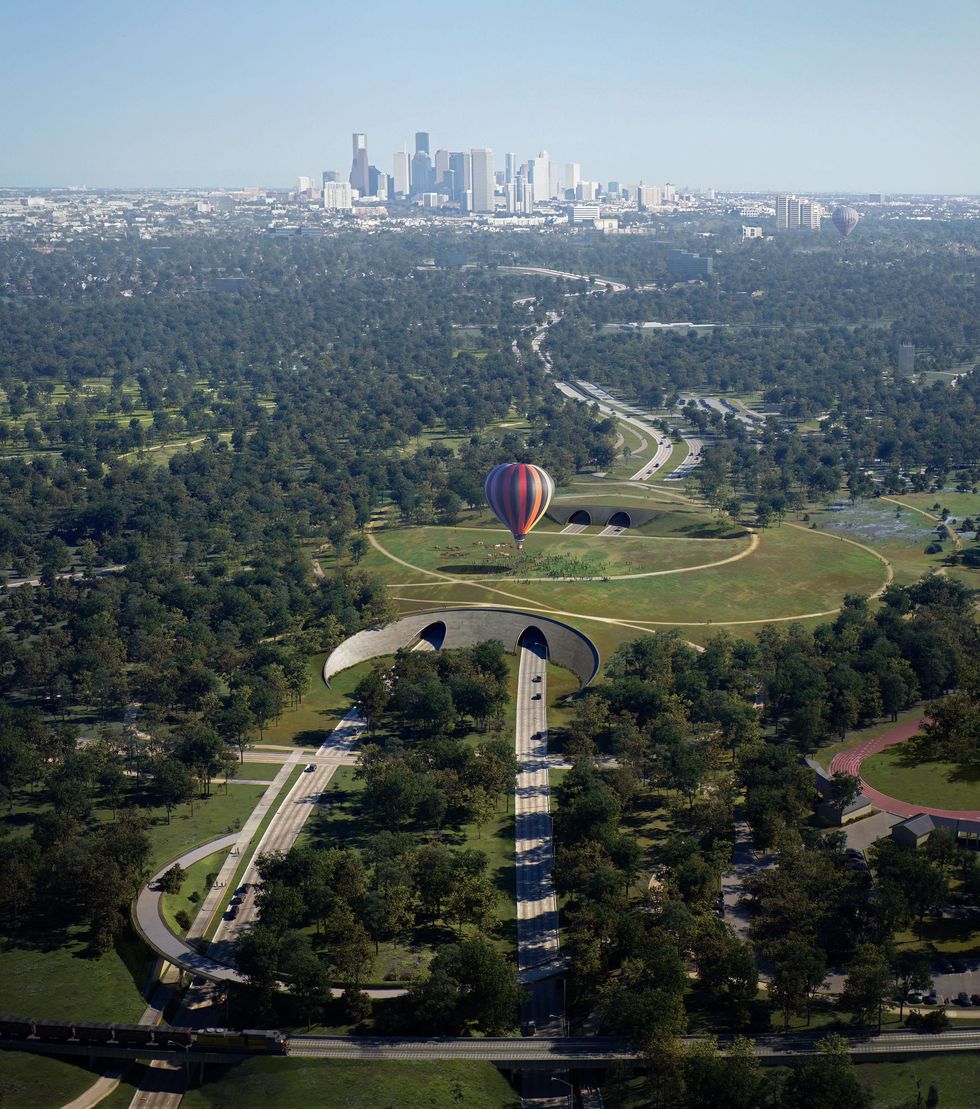
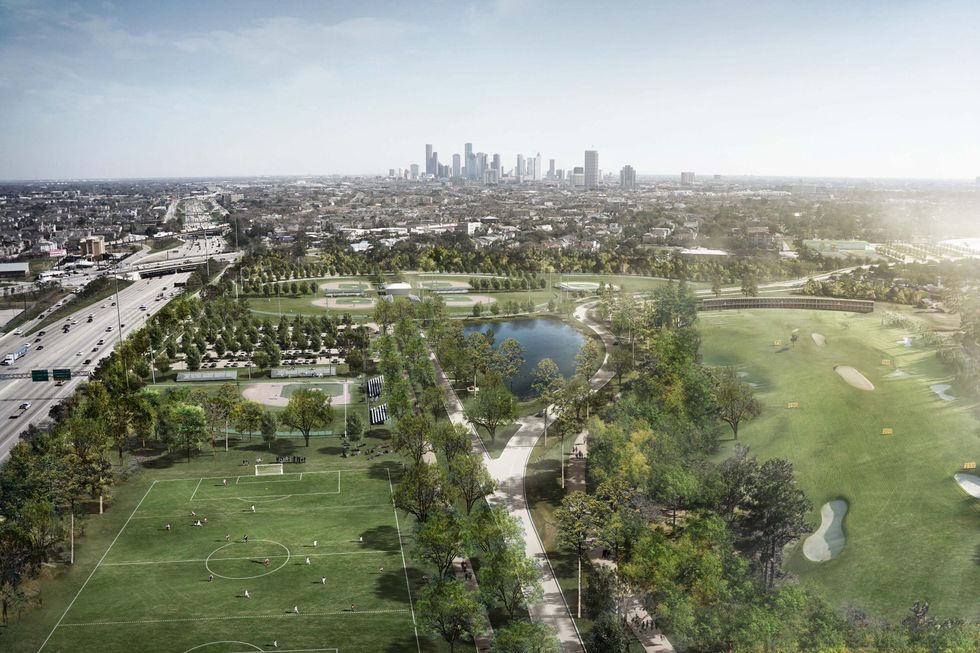
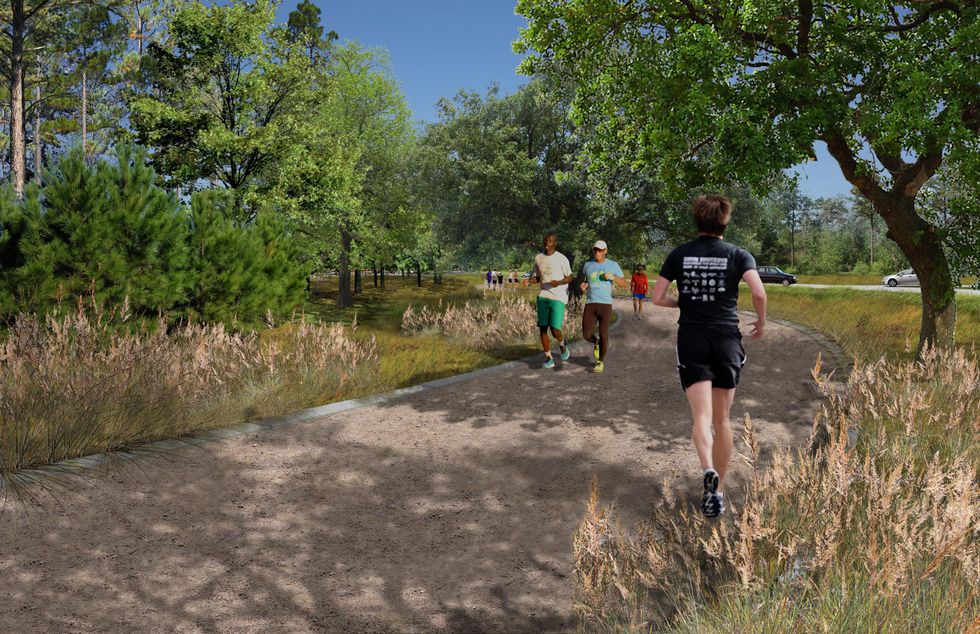



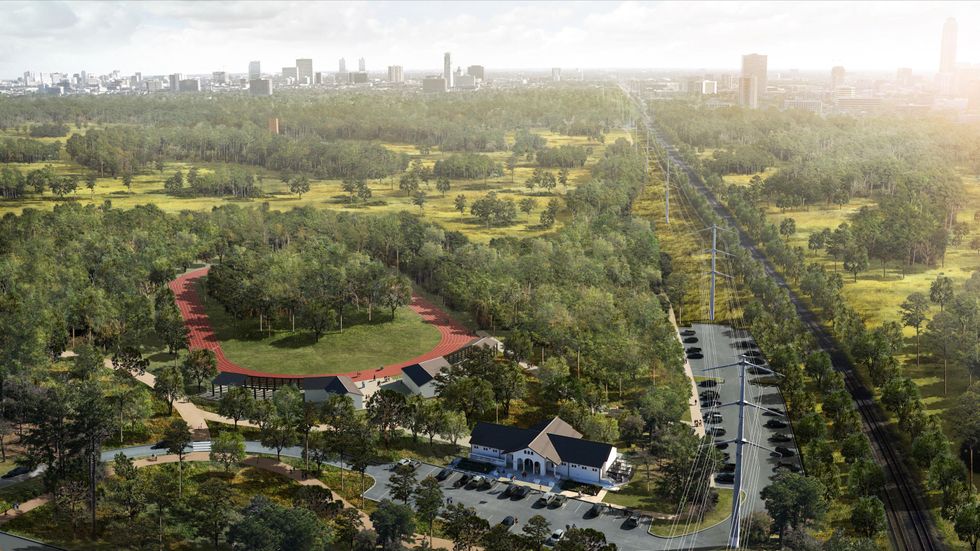
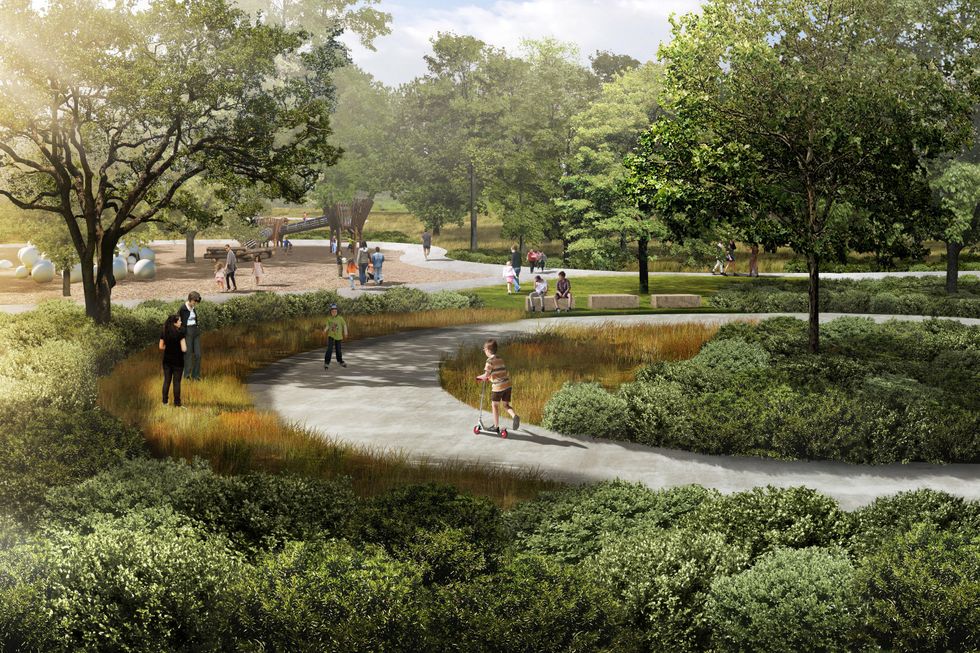
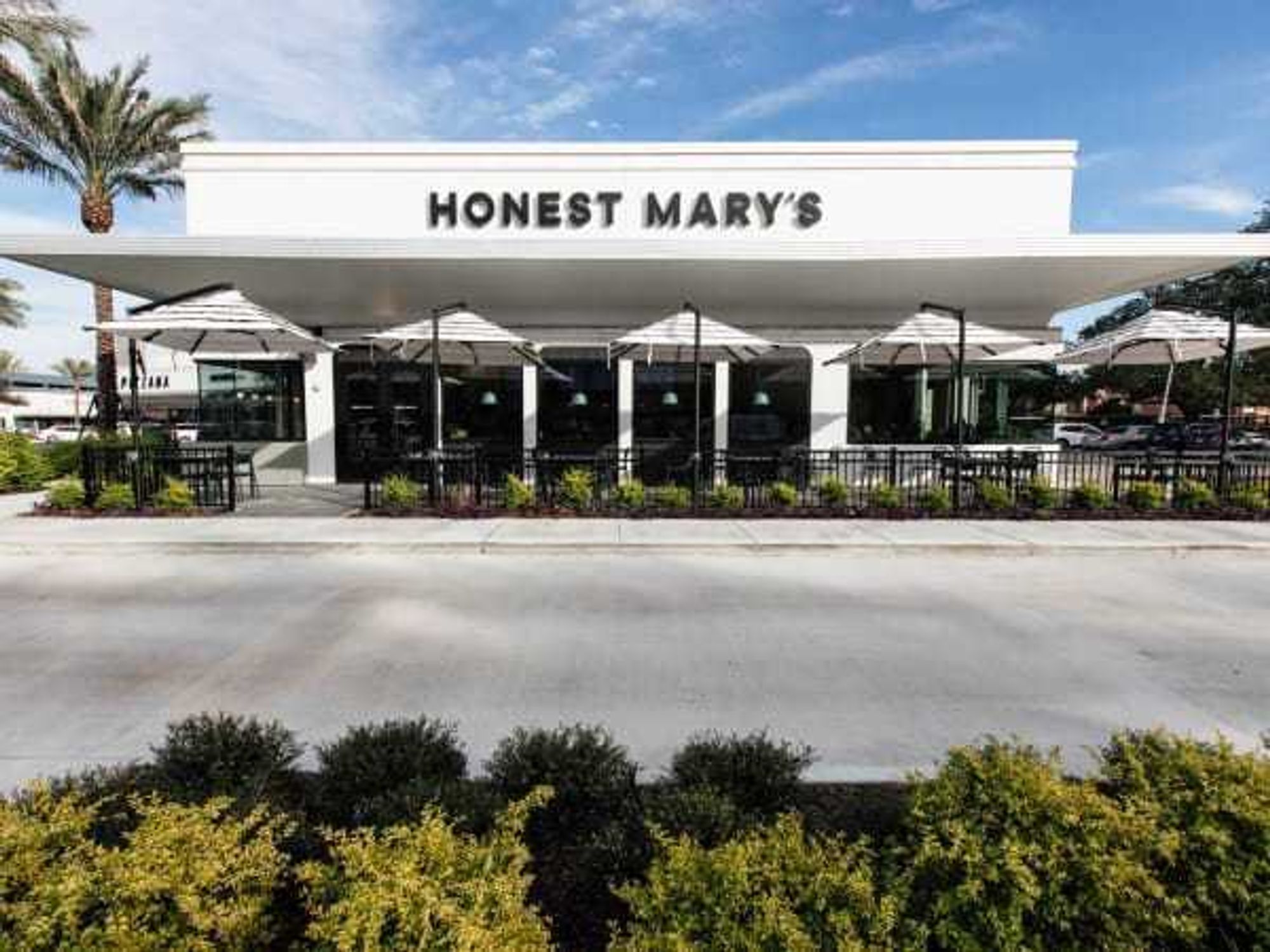
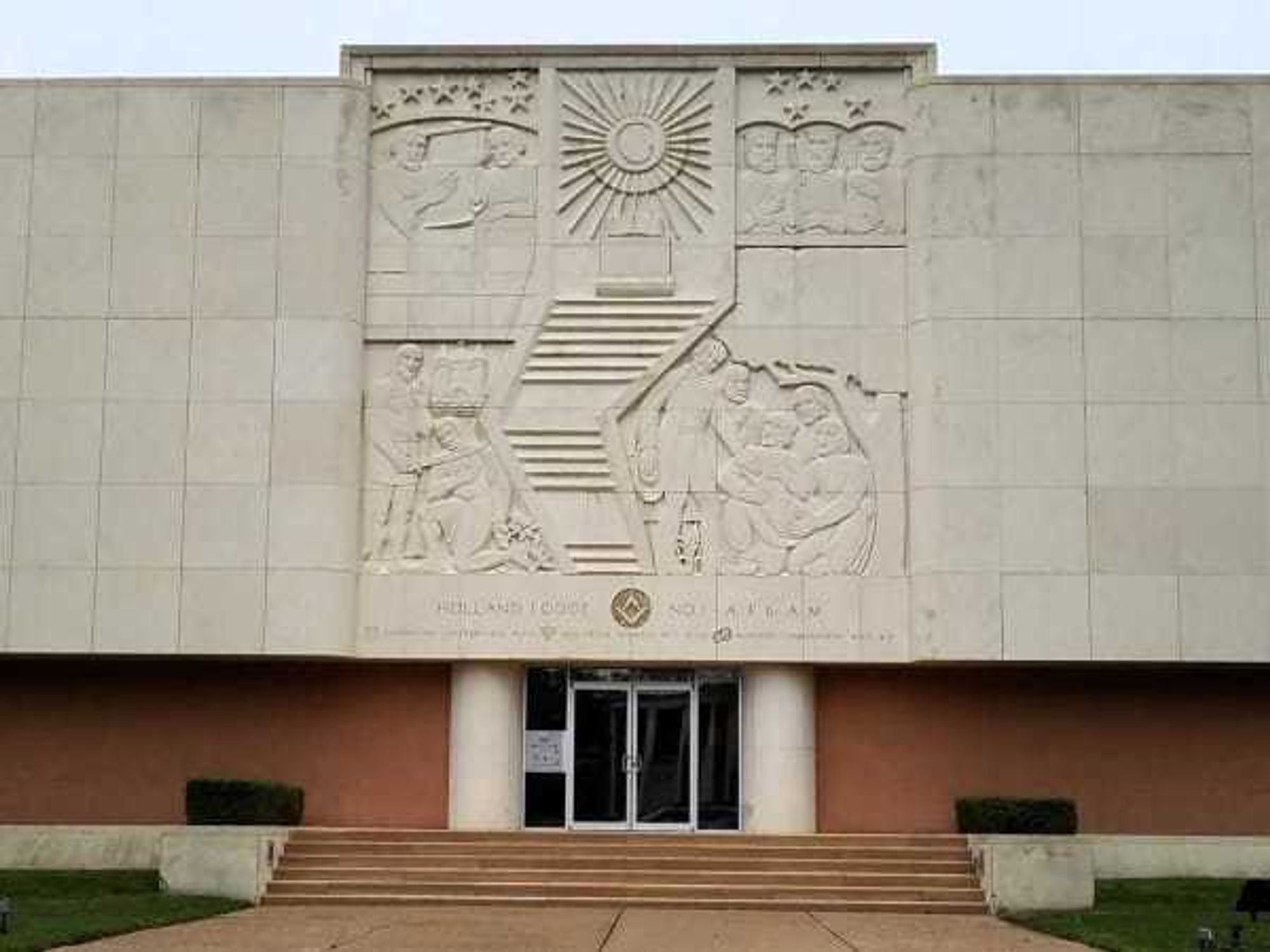 The building at 4911 will be torn down for the new greenspace. Holland Lodge No. 1, A.F. & A.M./Facebook
The building at 4911 will be torn down for the new greenspace. Holland Lodge No. 1, A.F. & A.M./Facebook